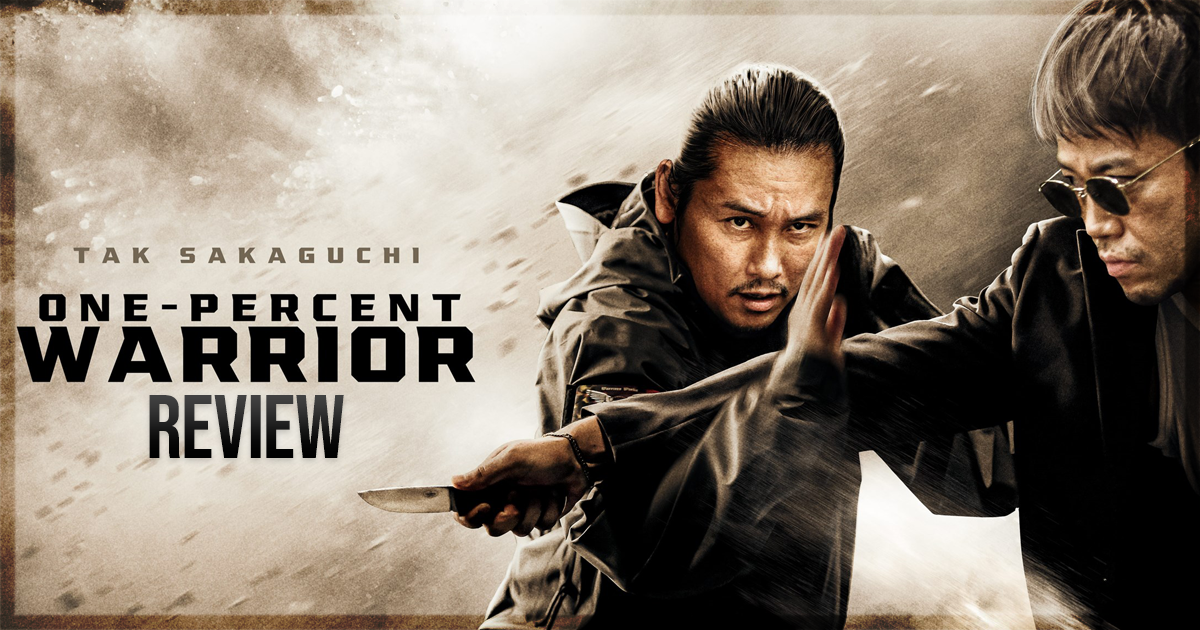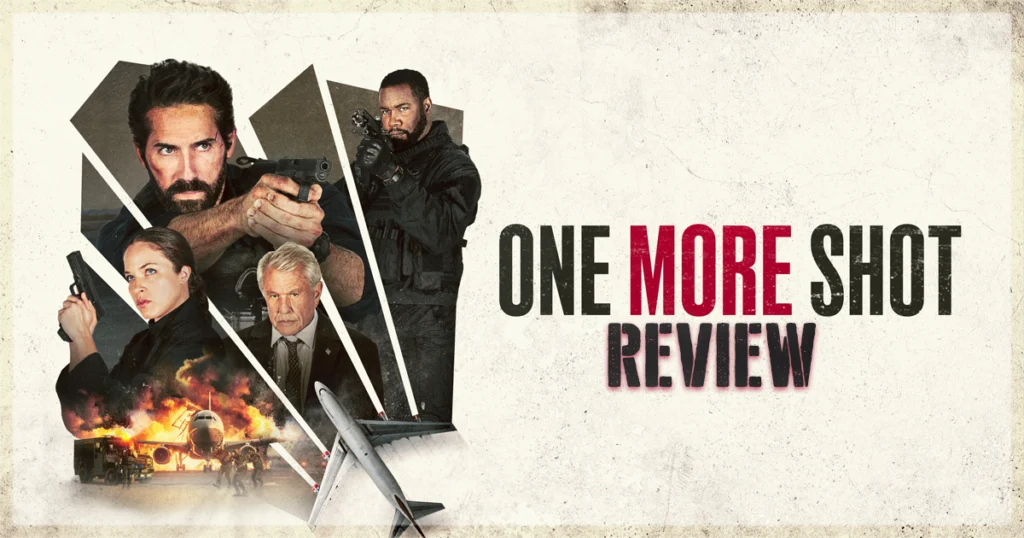It’s hard to discuss the nature of One-Percent Warrior without discussing the elephant in the room: Tak Sakaguchi. The film, directed by Yamaguchi Yudai, not only examines the nature of action films but also serves as a self-reflexive examination of Sakaguchi’s own career in the realm of Japanese action cinema, with turns in Ryuhei Kitamura’s Versus, Sion Sono’s Why Don’t You Play in Hell? making him a household name in the country. Most recently, he made his Hollywood debut with Nicolas Cage in Prisoners of the Ghostland.
Allegations against Sakaguchi
However, Sakaguchi has since been accused of sexual assault after being named in a report involving Sono’s own pattern of misconduct towards young women. Sakaguchi admitted to the veracity of the report where he had lured a victim into Sono’s home, to which she was subsequently assaulted by the filmmaker, and apologized for his involvement in the assault in a now-deleted YouTube video. Since then, more serious and disturbing allegations have come to light involving Sakaguchi, which prompted the Japanese release of the film to be canceled twice.
Because of this, the movie was unceremoniously released on VOD and Blu-ray this week, with little to no fanfare, even after a massively critical reception after its premiere at Fantastic Fest in 2023. With its meta-nature, it’s hard not to find parallels between Toshiro Takuma (Sakaguchi) and Sakaguchi’s own career, which makes it especially egregious to pretend the allegations don’t exist. But the film doesn’t work and largely suffers from a poor sense of visual style and a straightforward story that grows less interesting as its runtime progresses to its wild, unearned twist ending.
One-Percent Warrior should be a home run, but instead it is uninteresting
It’s a shame because the movie should be a home run. Its plot is tantalizing enough: a washed-up action star who developed his own style of fighting (called “Assassination-jutsu”) that revolutionized the genre in Japan is stuck in a situation that pits him against real-life terrorists who arrive on a remote Island (where the star is planning to film his latest movie) to retrieve cocaine hidden in one of the buildings. Yet, none of the characters are remotely compelling. Sakaguchi certainly hasn’t lost an ounce of his fighting skills from Kitamura’s Versus. Still, the character’s more personal, vulnerable moments are often overacted, never letting the audience feel for Toshiro and his assistant, Akira (Sho Ayoagi, also uninterestingly developed), as they are stuck in a life-or-death situation on an Island with no satellite connection to the outside world.
The only interesting element in Toshiro’s arc is when he realizes what’s happening and asks Akira to film everything. He knows it may be the only way to get his movie financed if he shows his “Assassination-jutsu” skill to prospective producers by beating endless swarms of armed Yakuza guards to a pulp. But the movie never delves deep enough into Toshiro’s egotistical quest, attempting to save a girl named Maria (Rumika Fukuda), so his film can be financed.
There are a few moments of action inspiration that elevate One-Percent Warrior
It only introduces this path as the main drive for Toshiro and immediately drops it as he begins to topple baddies with his “Assassination-jutsu.” Credit where credit is due: a few moments of inspiration elevate One-Percent Warrior from its underwritten and shoddily-developed character attributes, and they all involve the innovative fighting style Sakaguchi and Yudai put forward. While some of its action scenes leave little to be desired in the cinematography department, with an FPV drone shootout feeling more artificial than cinematically exhilarating (Lokesh Kanagaraj’s Leo trumps this scene any day), two key setpieces bring life and energy to this otherwise dull meta-actioner.
One of them sees Toshiro battle an army of guards with a simple flashlight, precisely blinding them enough to bring them down easily (without killing them). The choreography is excitingly kinetic and tactile and feels like a breath of fresh air for the action genre. What’s more impressive is how Yudai uses light and shadows to guide Toshiro in the environment, as he only uses the flashlight when he has to neutralize the guards before bringing them down. Everything about the sequence screams Jackie Chan, who frequently improvises within the environment he works with by using innocuous objects to neutralize or even kill his opponents.
Another is the film’s centerpiece duel, where Toshiro uses his “Assassination-jutsu” technique against an antagonist who also knows them, with fast-moving one-on-one combat suddenly slowing down as the assailant gives a ‘wave’ punch to Toshiro, who then retaliates with what looks to be a light slap on the face, only to reveal massive scratches on it. It flows with an incredible sense of style and pace and hammers home the central message of any great action film that action is emotion.
There’s nothing more cathartic and artistically intricate than a perfectly choreographed and shot-action sequence. While most fight scenes in One-Percent Warrior leave little to be desired, the two centerpiece fights showcase just how incredible an action scene can be when you have artisans behind the camera who understand the cinematic powers of the genre, whether it should be a ‘dance’ or ‘100% real.’ Does it ultimately matter? Not really, especially if what’s on-screen shocks the senses.
A plot twist hampers the tension in the film
Unfortunately, one of the stupidest Fight Club-esque plot twists I’ve seen recently hampered the masterfully built tension in its duel. No plot decision made earlier in the film warrants it, nor does it make what came before more cerebral – it only hampers the minimal character development Yudai brought to the table and makes Toshiro a far less interesting character than he already was.
In the early stages of One-Percent Warrior, the desire to save innocent people just so his film can be financed is wild, but it also makes for a fascinating basis for a gripping character study. But Yudai quickly goes nowhere with that basis and instead would rather blow the mind of its audience with a twist that isn’t necessary and makes its more dazzling sequences less exciting than they were. As a result, One-Percent Warrior will not be remembered as a great example of modern J-action cinema. Its choreographies are terrific, but they would be much better served in a superior film with a far less problematic actor leading it.
One-Percent Warrior is now available to stream.
Are you going to check out the movie One-Percent Warrior? Let us know by connecting with us on X @MoviesWeTexted.
You might also like…
‘One More Shot’ Review: A No-Holds-Barred DTV Spectacle


